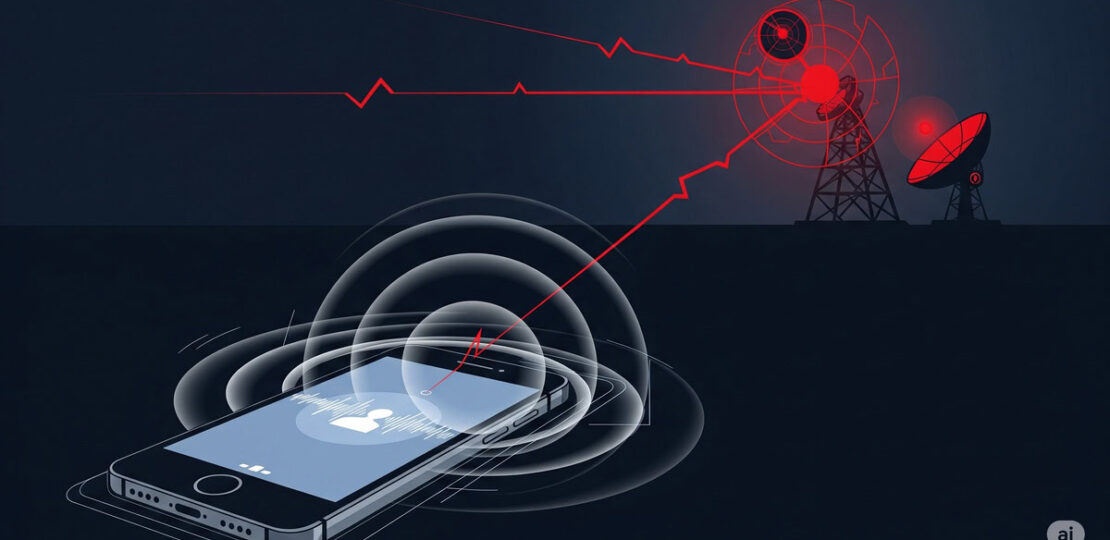This New AI Technology Can Transcribe Your Phone Calls from a Distance
August 13, 2025 | by Admin

In today’s world, technology enables increasingly complex methods of surveillance and espionage. However, a new way to achieve this is surprising due to its seemingly simple concept. A team of computer scientists at Penn State University has developed a startling new AI-powered eavesdropping system that can listen in on phone calls from a distance by decoding the tiniest vibrations from your phone’s earpiece.
Using millimeter-wave radar—the same technology found in self-driving cars—the researchers can capture these subtle surface vibrations from up to 10 feet away. The data, though noisy and low-quality, is then fed into a custom AI speech recognition model. This AI model then translates the vibrations back into words.
AI-powered radar can eavesdrop on your phone calls from 10 feet away
The system is a significant leap from the team’s 2022 research. The new AI and vibration-based eavesdropping method can transcribe continuous speech with about 60% accuracy from a vocabulary of up to 10,000 words. While 60% may sound low, the investigators stress that it’s more than enough to pose a serious security risk. Just like with lip-reading, which only captures a fraction of spoken words, even partial information and keywords can reveal sensitive details when combined with context.
To achieve this, the team took OpenAI’s open-source Whisper model and retrained just 1% of its parameters specifically for radar data. This clever approach allowed them to adapt an AI model designed for clear audio to a completely different, noisier data source without having to build a new one from scratch.
A warning, not a weapon
The researchers behind this work are clear about their intentions. They’re not trying to create a new surveillance tool. Instead, their goal is to raise public awareness about potential vulnerabilities. By showing that this kind of remote eavesdropping is technically feasible, they hope to encourage the development of new protective measures.
This study serves as a wake-up call about the AI-powered evolution of wireless technology. It’s not about being afraid of it but about being aware of the implications. Today, the devices we rely on for communication may have more hidden weaknesses than ever. The research highlights the need for us all to be more mindful during sensitive conversations and to stay ahead of potential security threats that are emerging from places we never thought to look.
From the most obvious potential “threats” to the most hidden, it’s always best to be aware of all the risks associated with the technologies we use every day.
RELATED POSTS
View all


